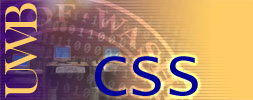
 |
|
Automatic Target Recognition by Matching Oriented Edge Pixels
Clark F. Olson and Daniel P. Huttenlocher IEEE Transactions on Image Processing, 6(1): 103-113, January 1997. Download (237 K) This paper describes techniques to perform efficient and accurate target recognition in difficult domains. In order to accurately model small, irregularly shaped targets, the target objects and images are represented by their edge maps, with a local orientation associated with each edge pixel. Three-dimensional objects are modeled by a set of two-dimensional views of the object. Translation, rotation, and scaling of the views are allowed to approximate full three-dimensional motion of the object. A version of the Hausdorff measure that incorporates both location and orientation information is used to determine which positions of each object model are reported as possible target locations. These positions are determined efficiently through the examination of a hierarchical cell decomposition of the transformation space. This allows large volumes of the space to be pruned quickly. Additional techniques are used to decrease the computation time required by the method when matching is performed against a catalog of object models. The probability that this measure will yield a false alarm and efficient methods for estimating this probability at run-time are considered in detail. This information can be used to maintain a low false alarm rate or to rank competing hypotheses based on their likelihood of being a false alarm. Finally, results of the system recognizing objects in infrared and intensity images are given. |